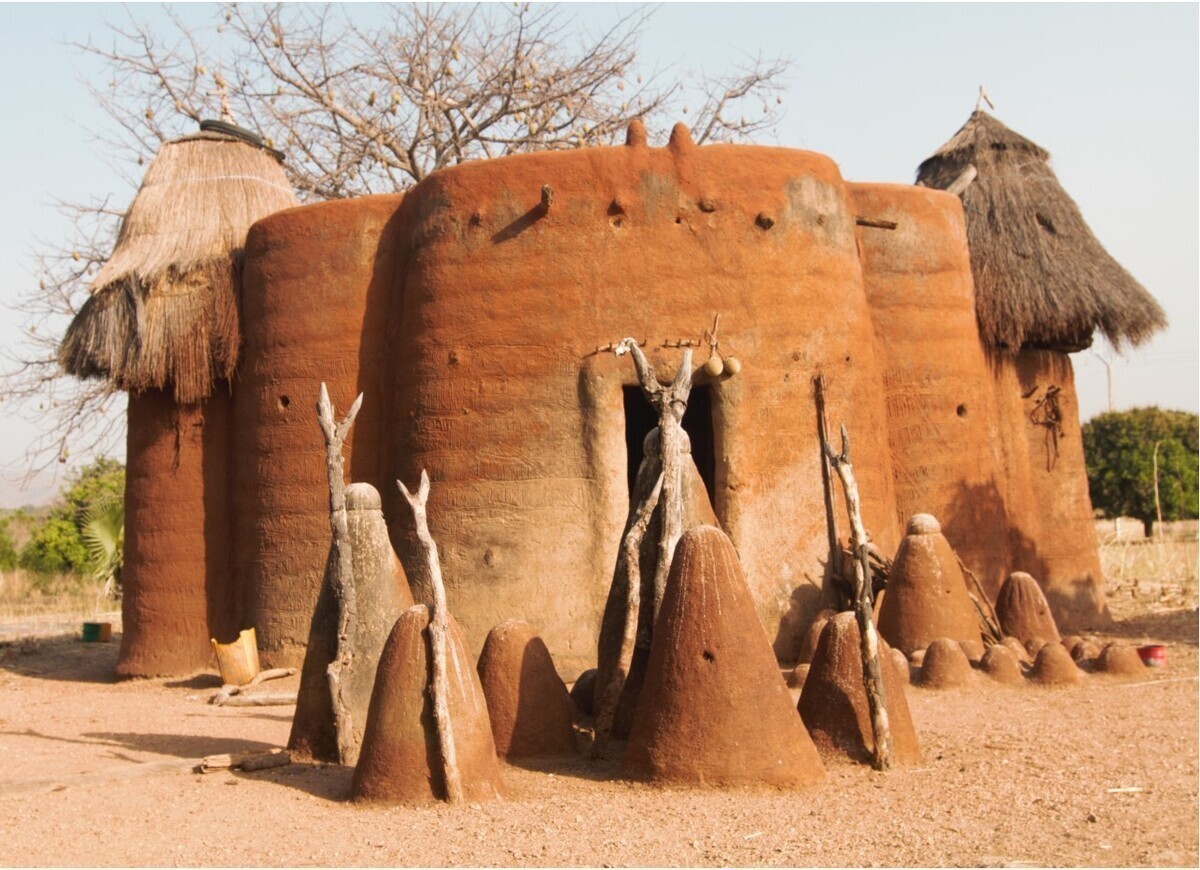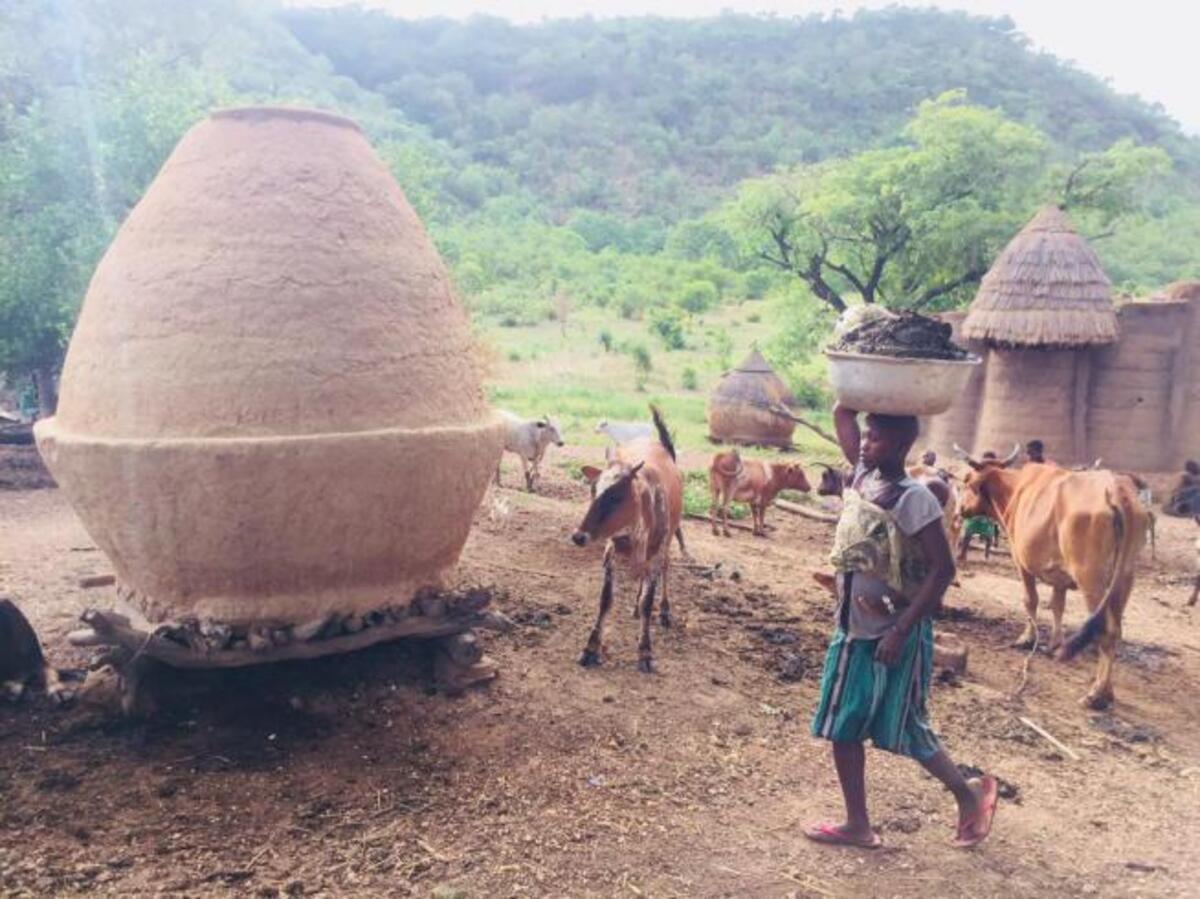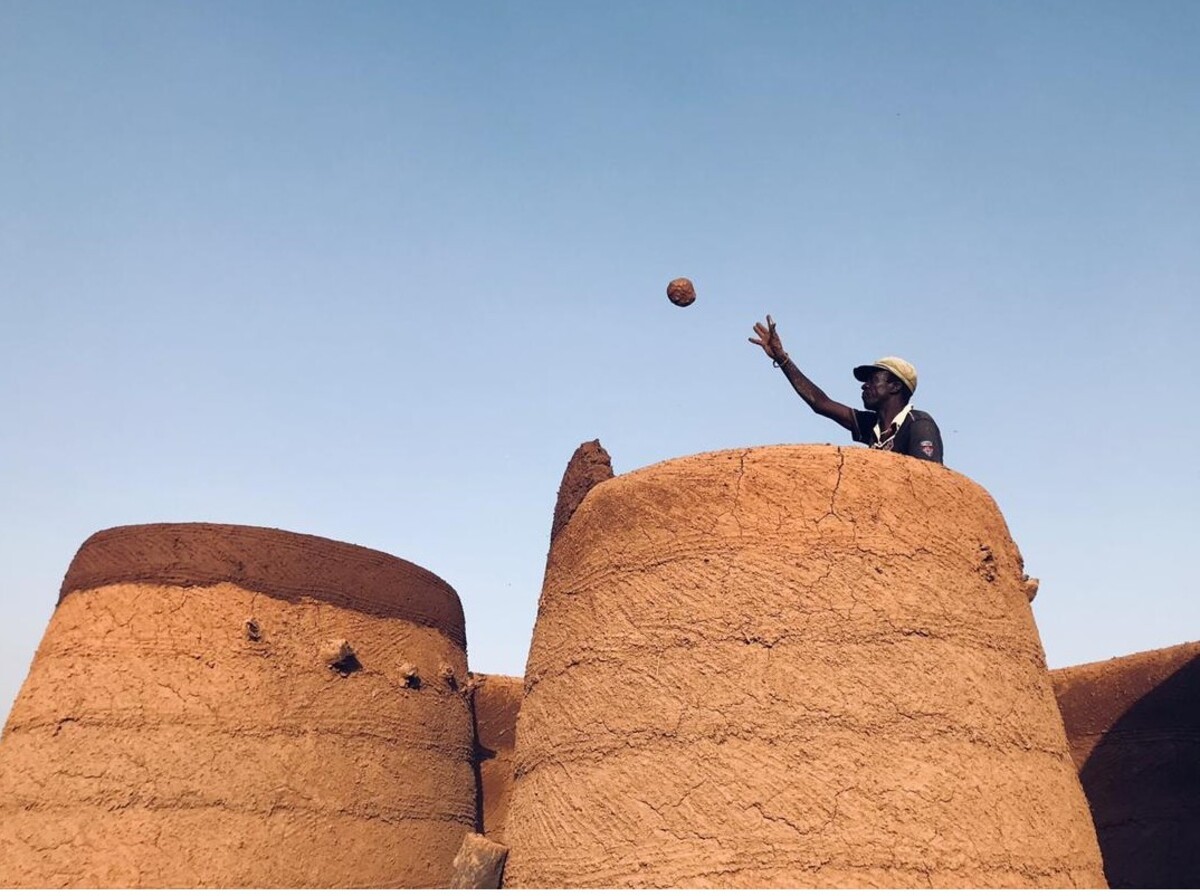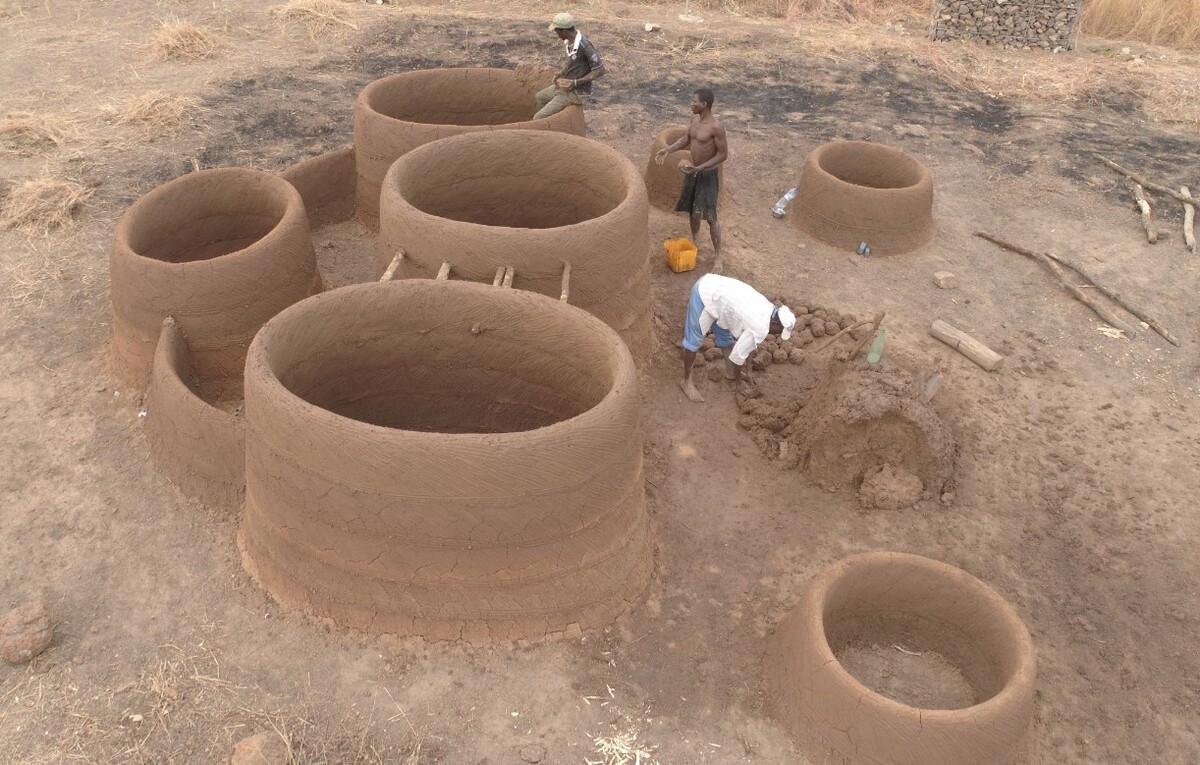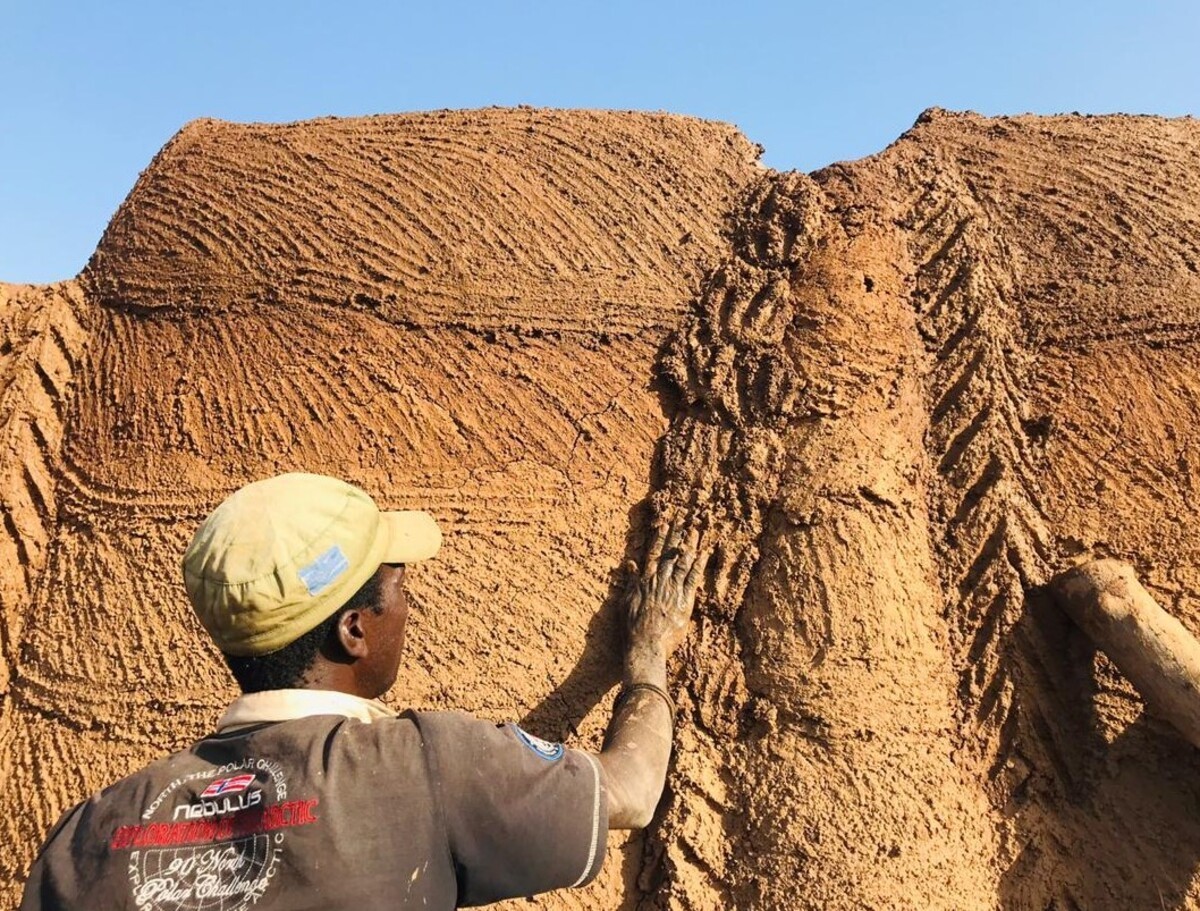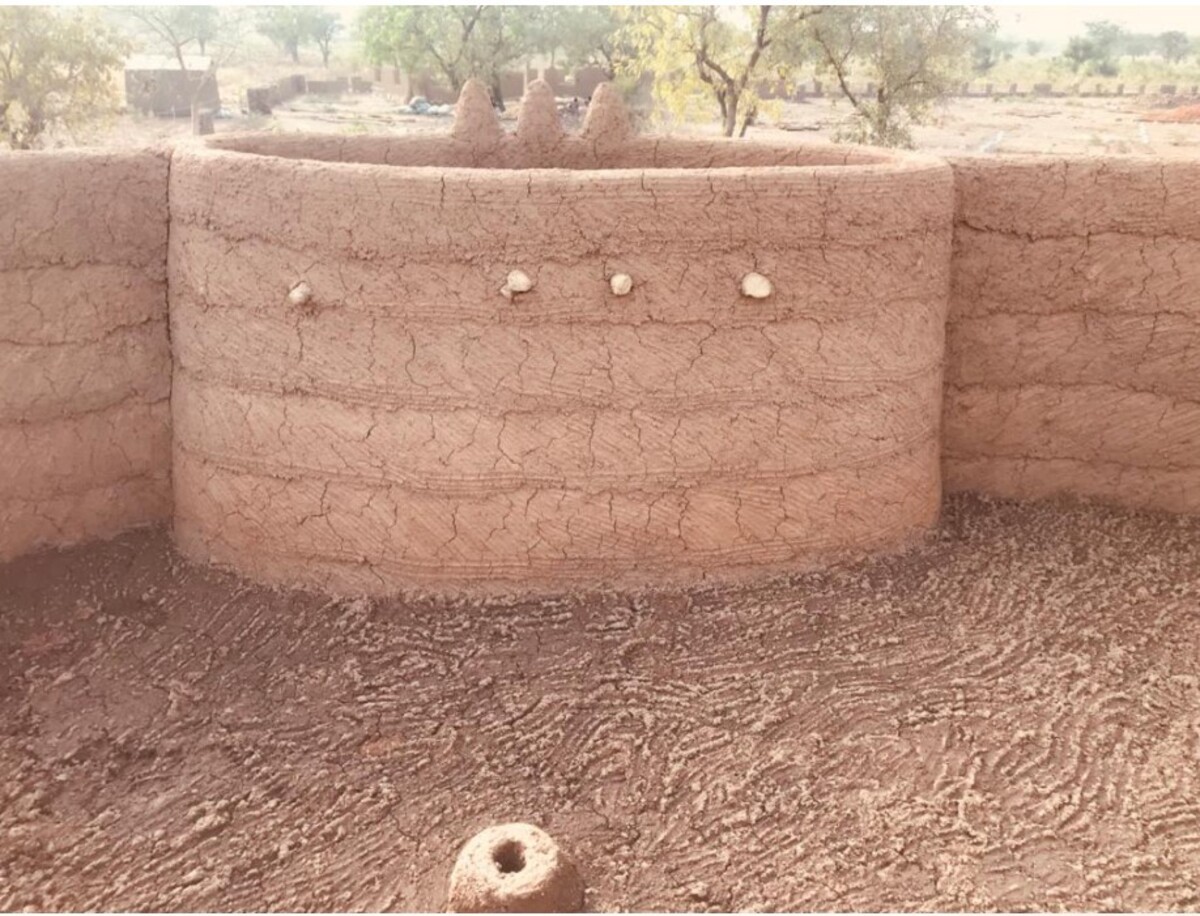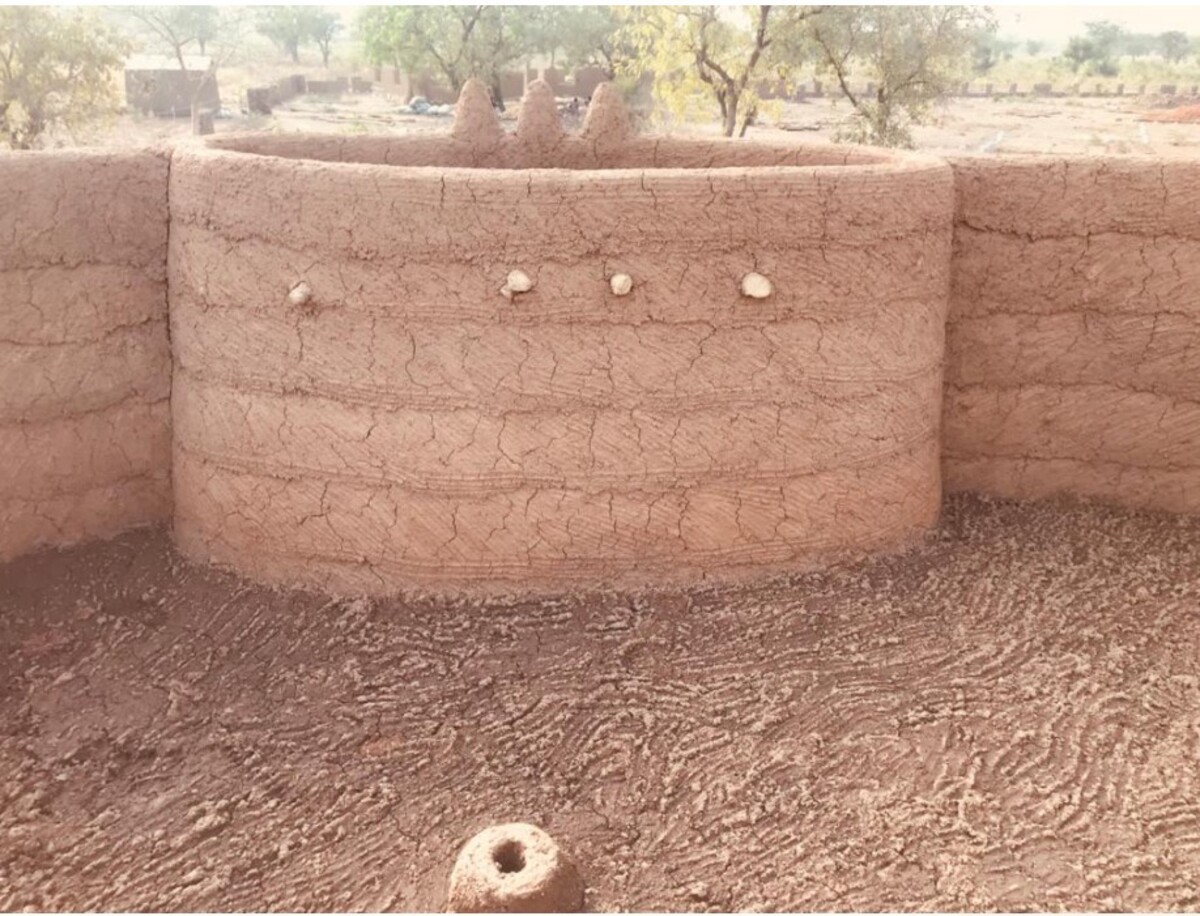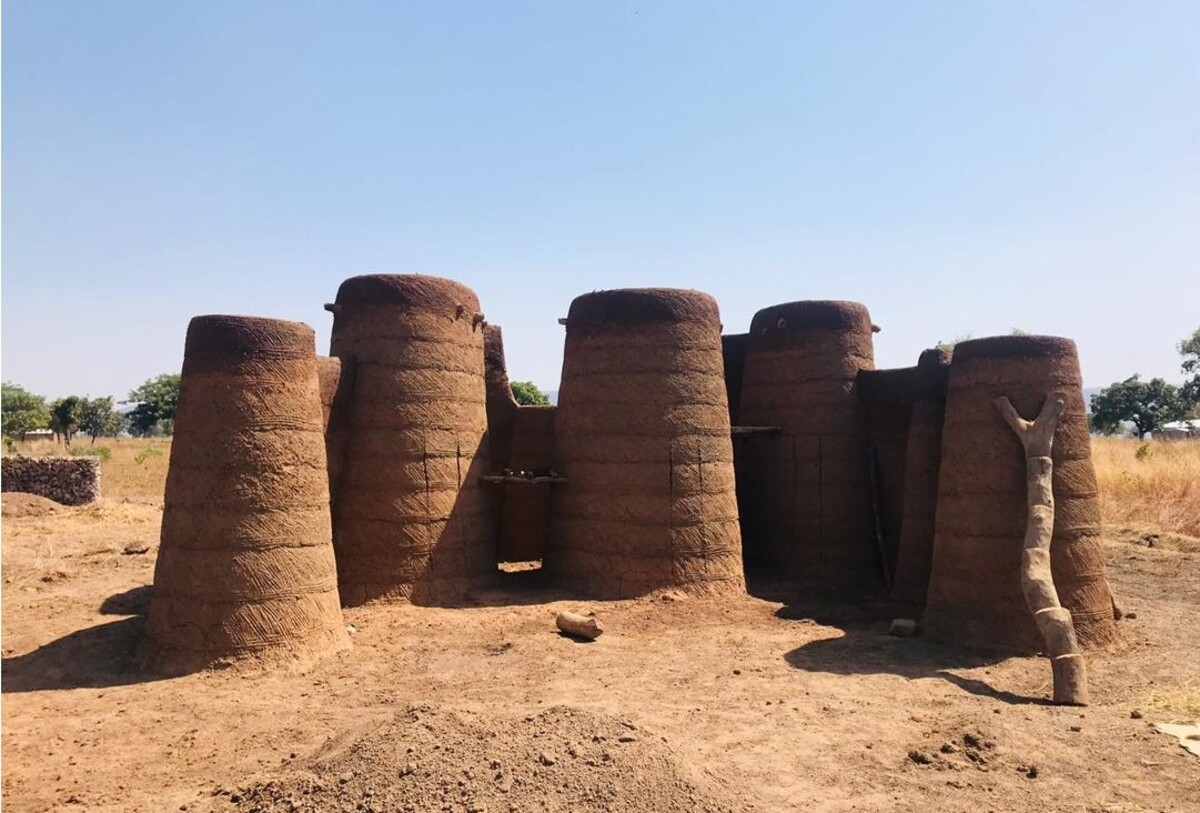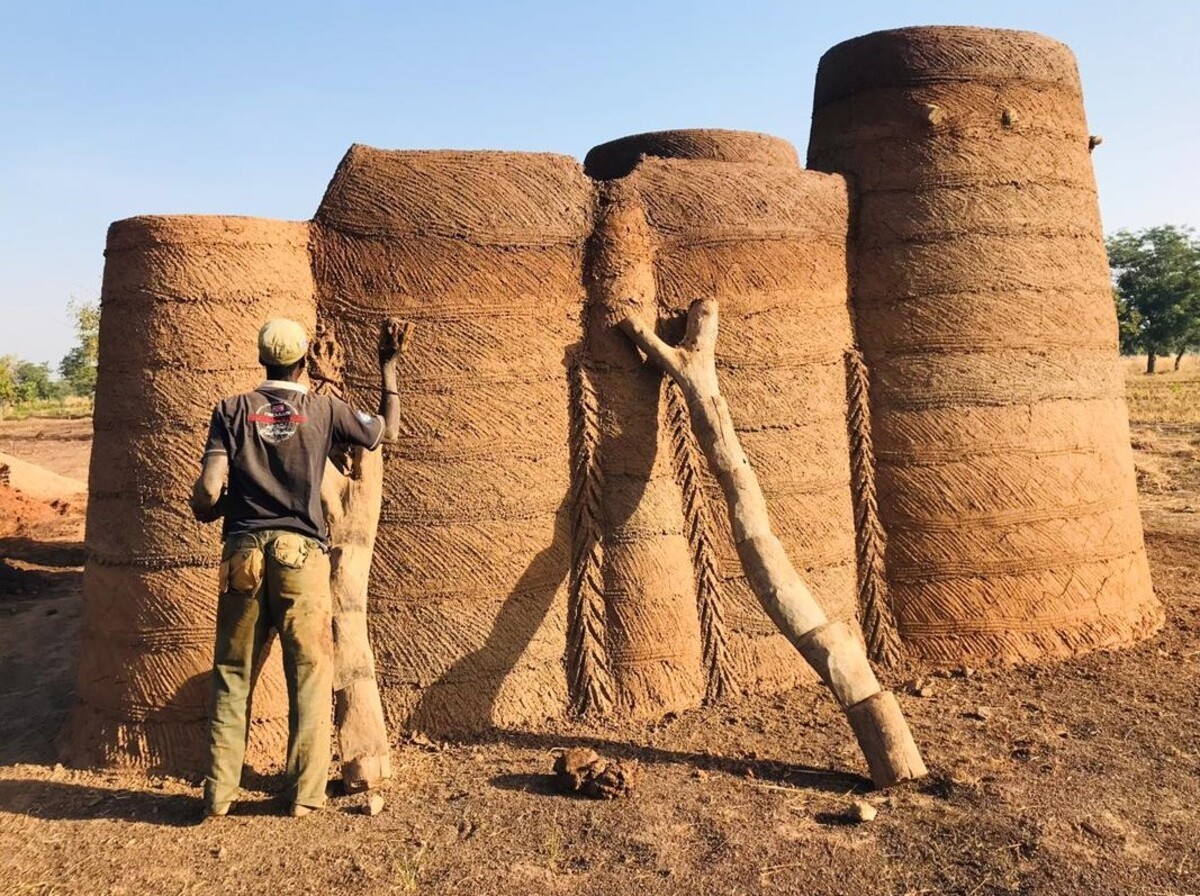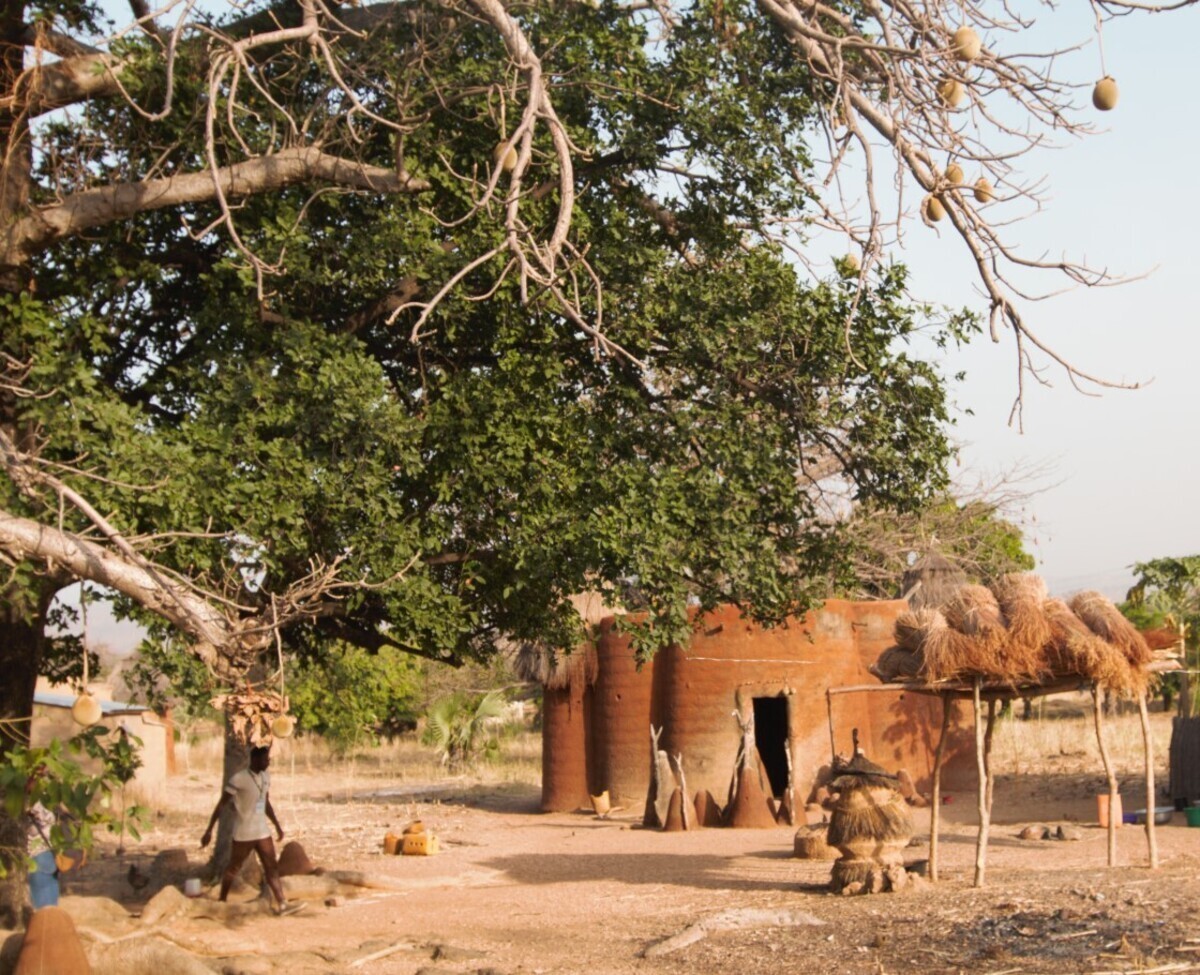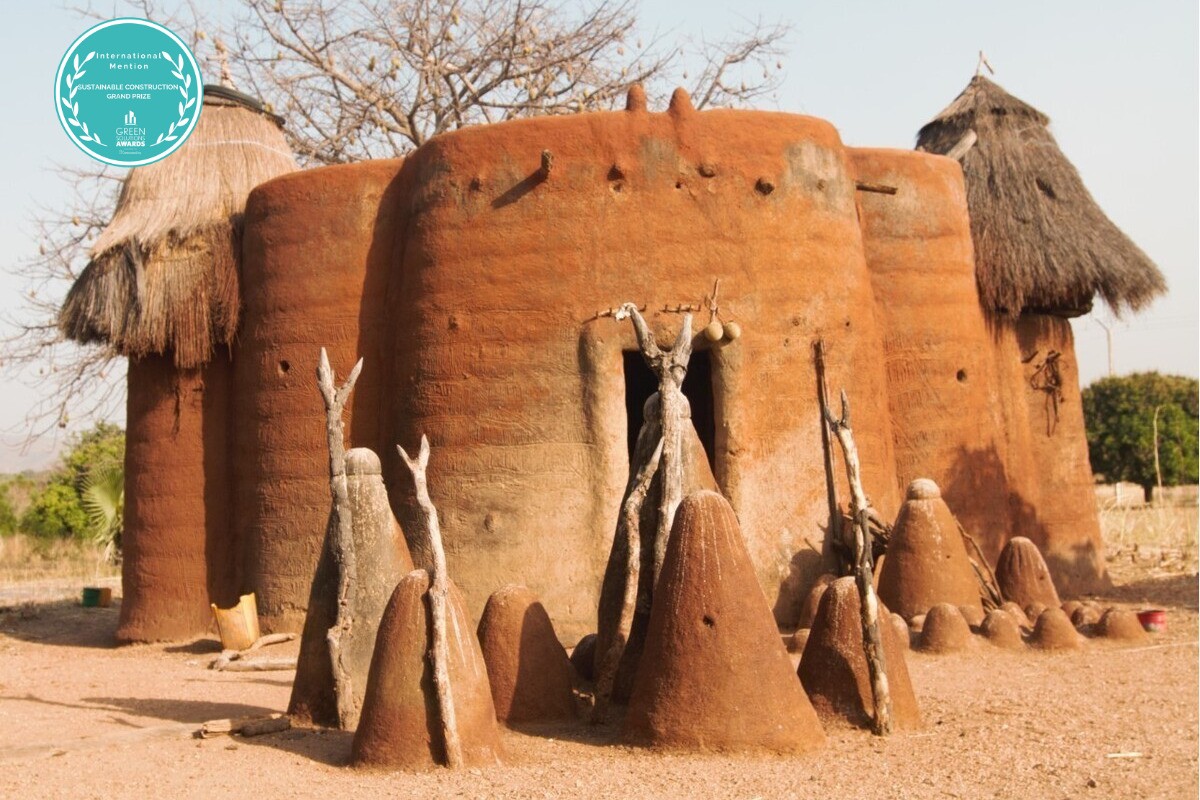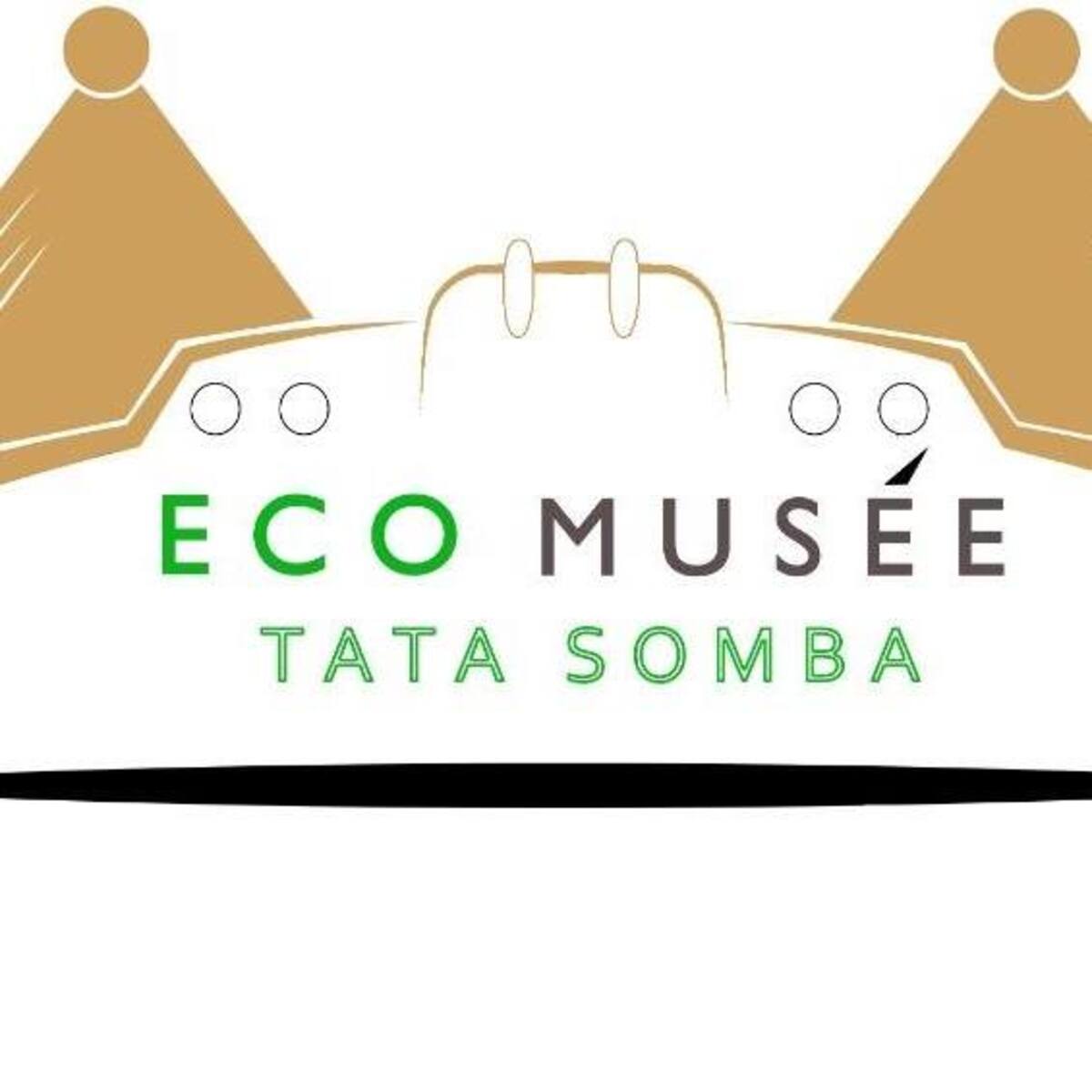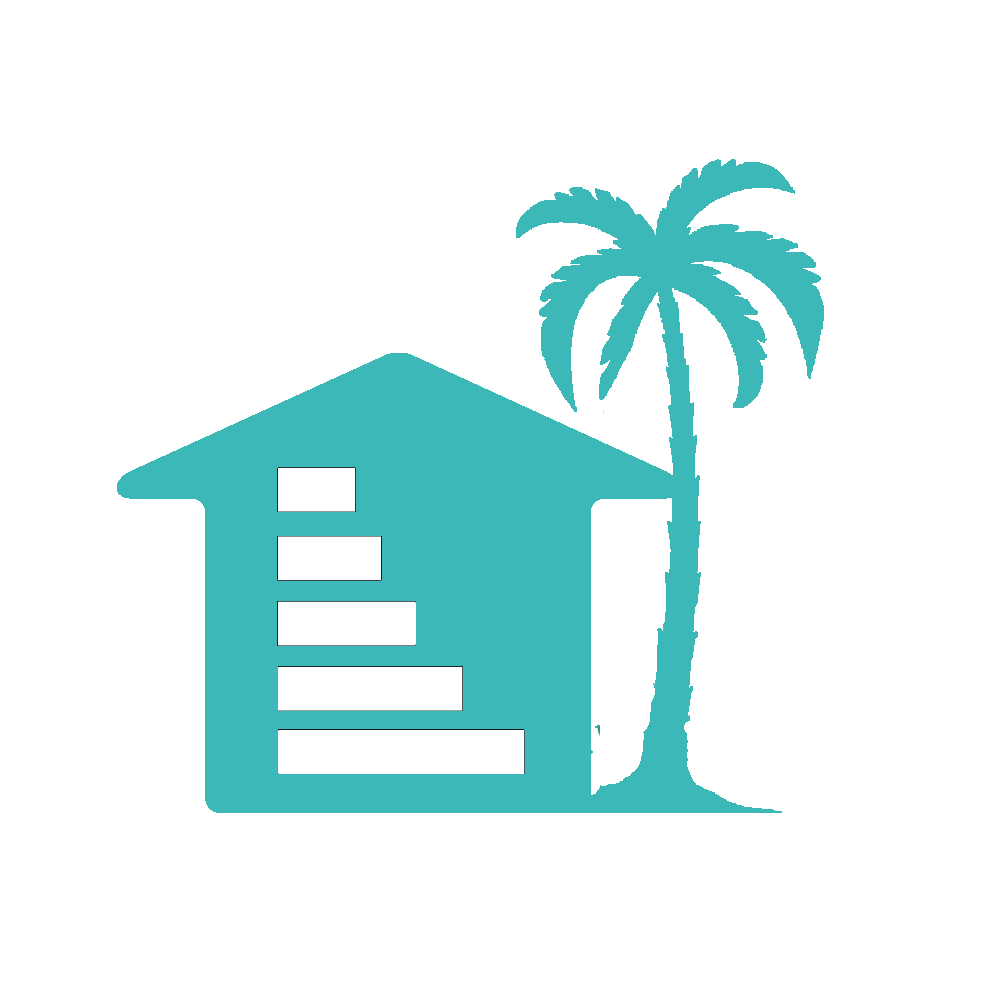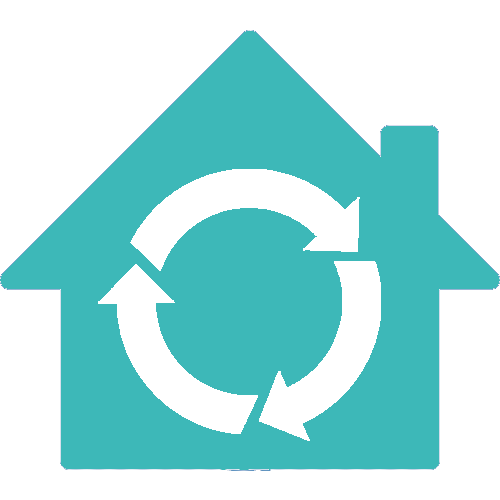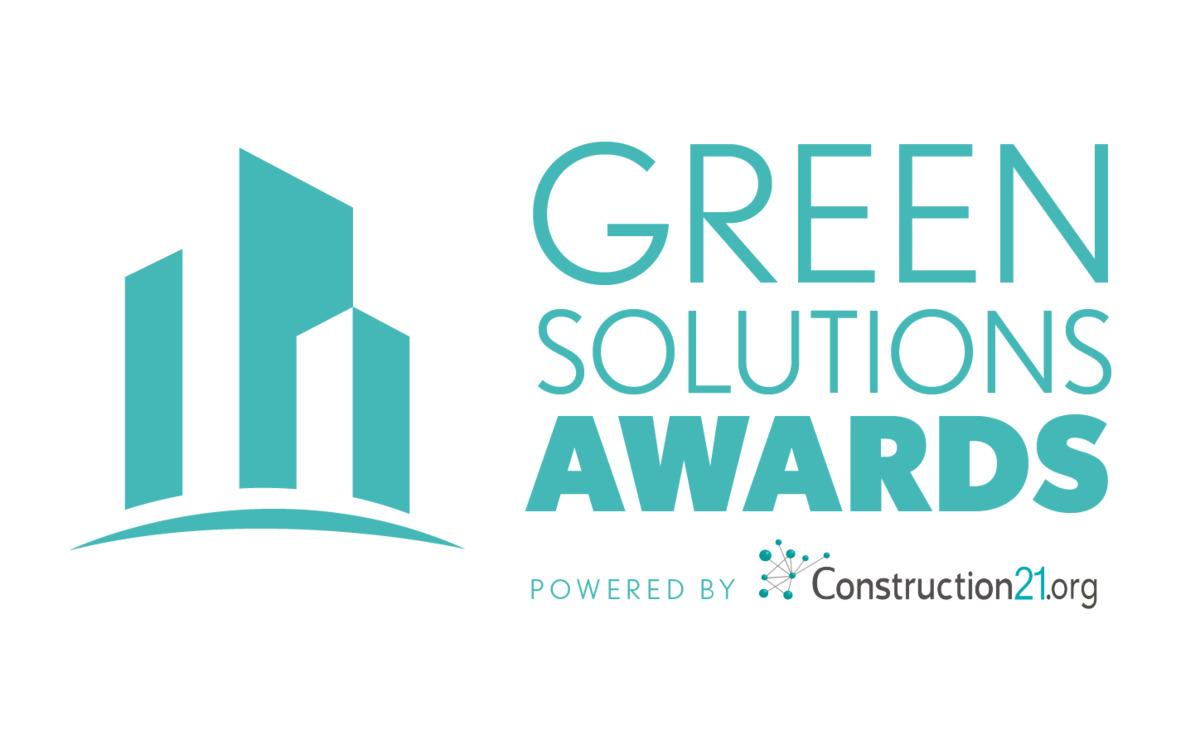The Takienta
Last modified by the author on 21/04/2021 - 18:00
New Construction
- Building Type : Other building
- Construction Year : 2021
- Delivery year : 2021
- Address 1 - street : Yarika 229 TANGUIéTA, Other countries
- Climate zone : [H] Highland Climate(mountainous terrain).
- Net Floor Area : 12 m2
- Construction/refurbishment cost : 1 000 €
- Number of none : 4 none
- Cost/m2 : 83.33 €/m2
-
Primary energy need
12 kWhpe/m2.year
(Calculation method : Other )
The Takienta (Otammari construction) is the only one-story dwelling in the world built entirely of local materials. It is original and elaborate and is in perfect correspondence with the culture and beliefs of its inhabitants. The Takienta dwelling presents a symbolic division between the first floor where we find: the mortar, the millstone, the kitchen, the cattle, the altar, the old man's room and the floor where we find: the attics, the terraces, the toilets and the bedrooms. Thus, the first floor constitutes the place of the living while the second floor is the one of the dead. The dwelling thus shelters both the living and the ancestors, and must also be considered as a temple dedicated to worship.
The construction of this dwelling allows a judicious and rational use of eco-materials still called "bio-based" materials available locally. These materials are of natural origin (water, earth), vegetable (wood, fruits of the néré and the karité, straw, raffia, kenaf, millet stem, rice straw, fonio straw) and animal (cow dung). During construction, everything is designed to adapt to the intrinsic qualities of the raw materials, or to minimize the quantities used, or to avoid or delay possible degradation, and thus facilitate maintenance.
All these characteristics make takienta an exemplary ecological house.
Photo credit
Ibrahim Tchan
Contractor
Construction Manager
Stakeholders
Others
Contracting method
Other methods
If you had to do it again?
Take the time to document the process and the different traditional techniques used
Building users opinion
The materials and the traditional know-how are the main factor of the comfort of life of this house.
Energy consumption
- 12,00 kWhpe/m2.year
Real final energy consumption
10,00 kWhfe/m2.year
Systems
- Others
- No heating system
- Other hot water system
- No domestic hot water system
- No cooling system
- Natural ventilation
- No renewable energy systems
Smart Building
Urban environment
- 30,00 m2
- 12,00 %
- 8,00
Product
Ecological binder
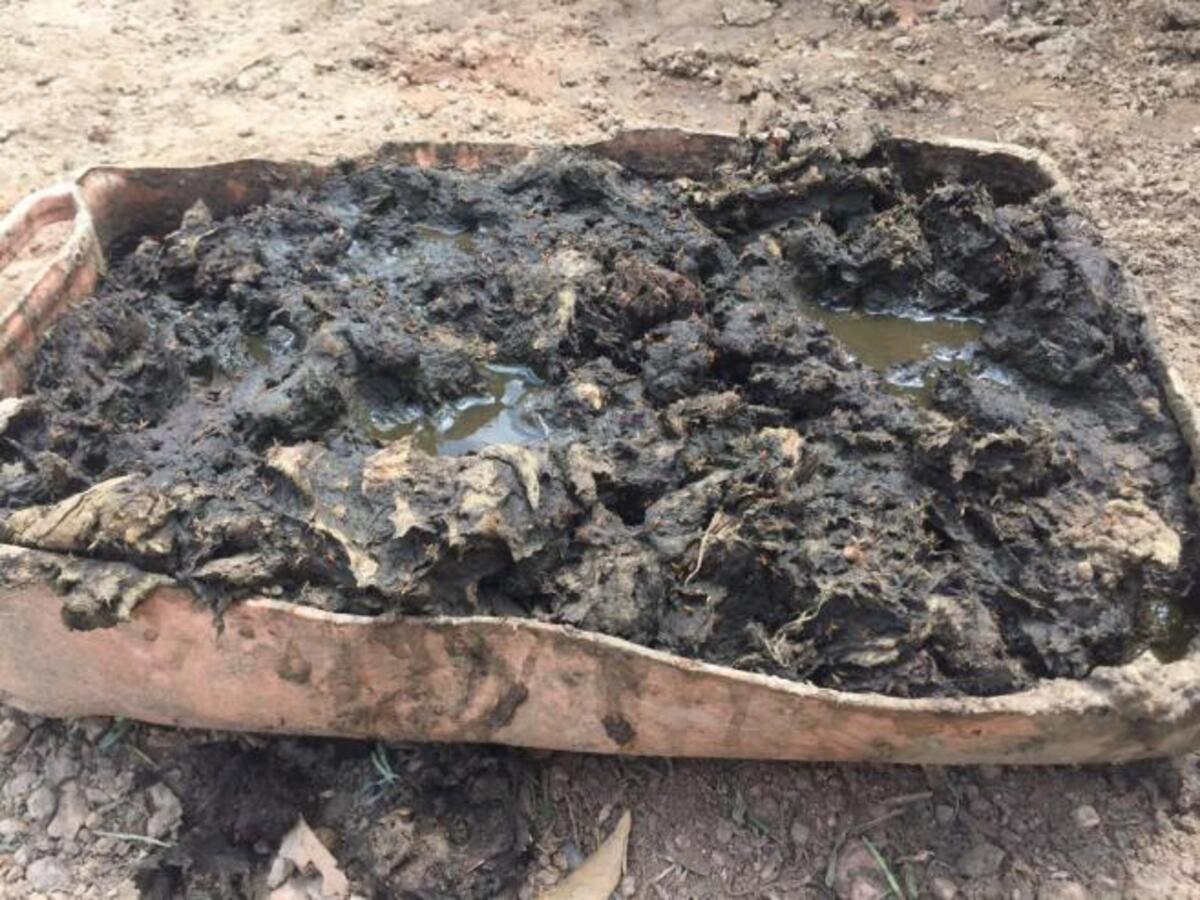
Local communities
Ibrahim Tchn
Second œuvre / Peinture, revêtements muraux
Ecological binder used in the construction and rehabilitation of the Takienta. It is made from natural elements (clay, laterite, termite mound), cow dung and powder of the epicarp of néré.
It is a traditional technique that is passed on from generation to generation
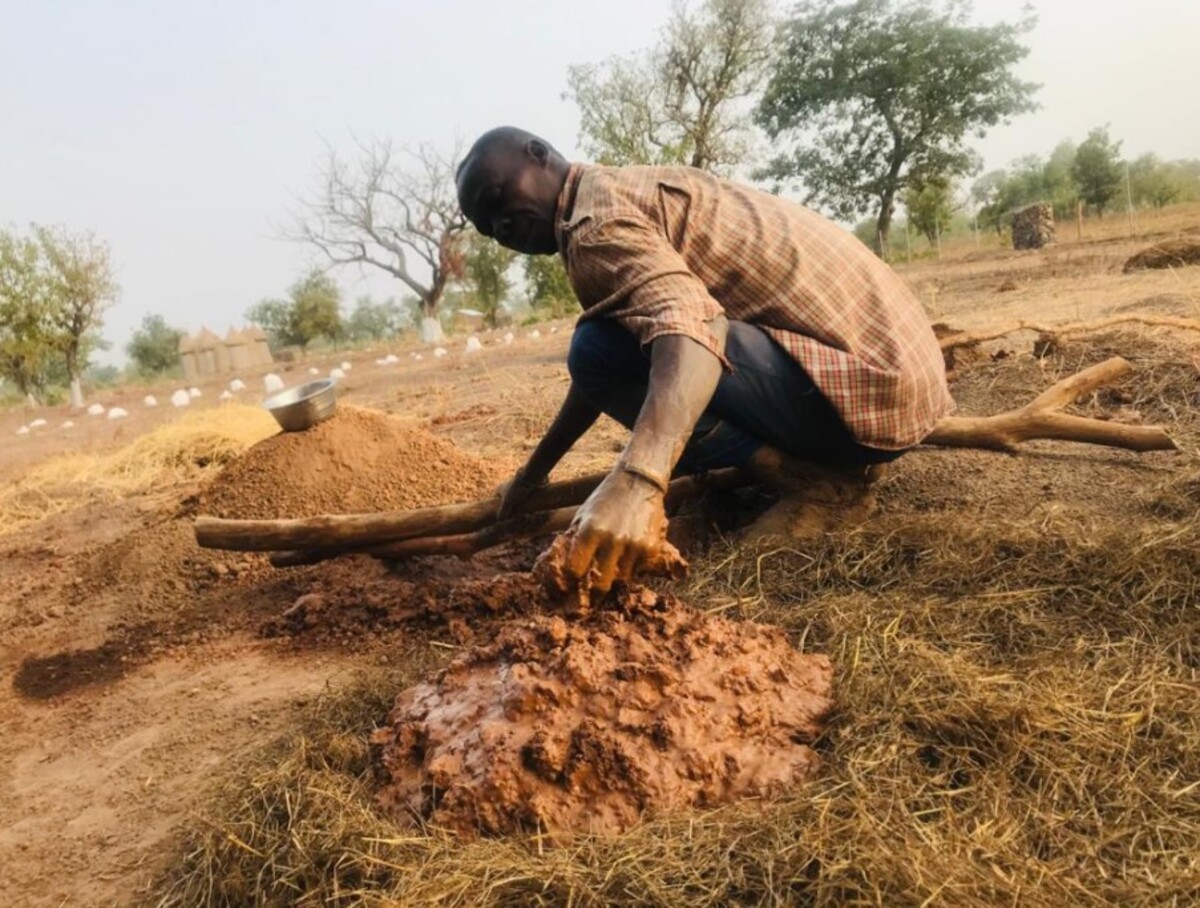
Construction and exploitation costs
- 200,00 €
- 1 000,00 €
- 1 000 €
Life Cycle Analysis
Comfort
GHG emissions
- 50,00 year(s)




